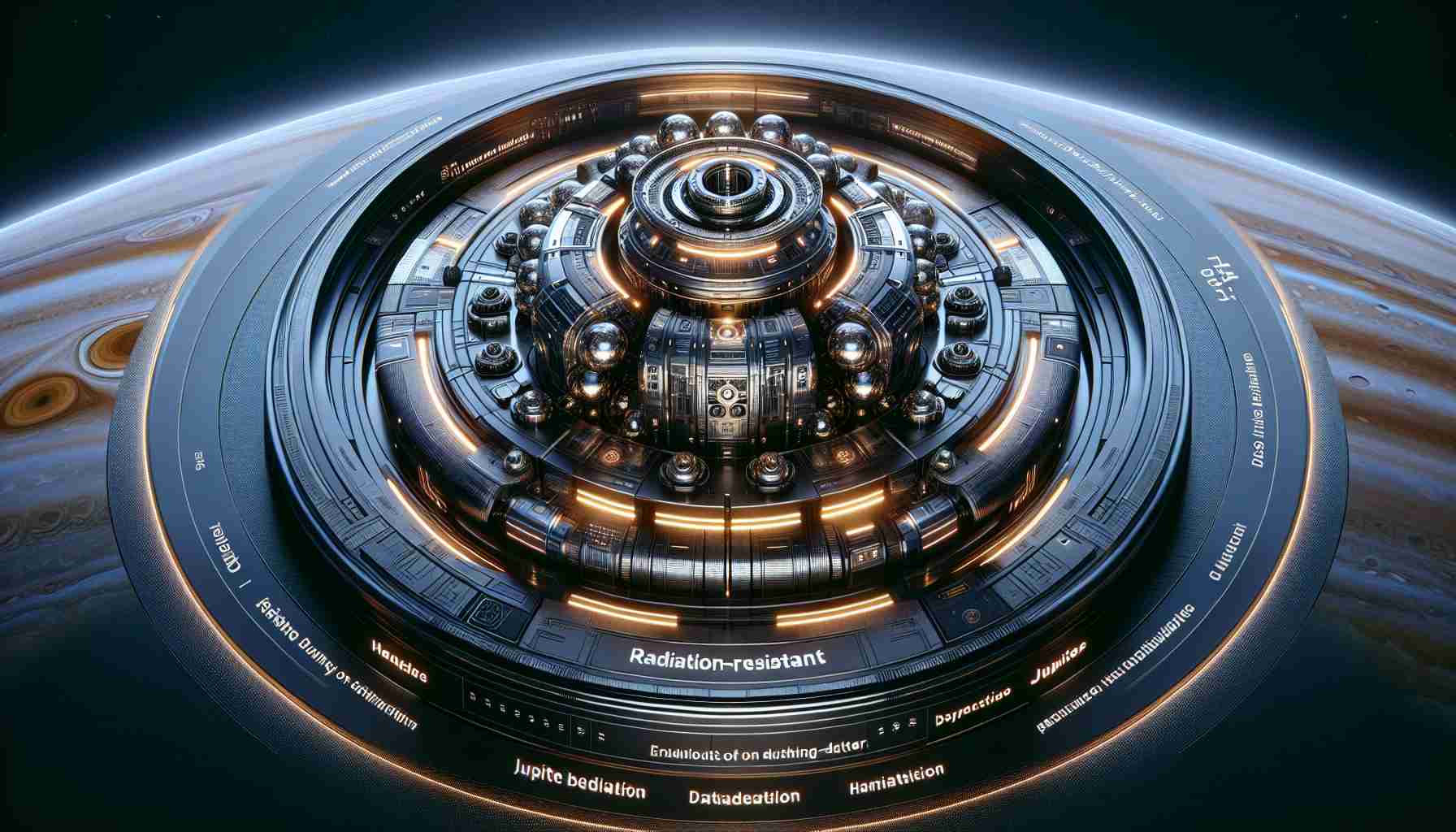
A spacecraft mission to explore the mysteries surrounding Jupiter’s moon Europa faces a significant challenge with radiation-resistant technology as it gears up for launch. Recent tests revealed that the radiation-hardened transistors designed to withstand 100 to 300 kilorads may not be as durable as initially thought in the intense radiation environment near Jupiter.
The team behind the mission, managed by NASA’s Jet Propulsion Laboratory, has been conducting extensive tests at various centers to address the issue. However, recent data indicates that some transistors could be at risk of failing under lower radiation levels than expected, posing a potential threat to the success of the endeavor.
The discovery of this unexpected vulnerability has sent shockwaves through the industry, prompting further analysis and reassessment of the components used in the spacecraft. While the manufacturer is working closely with the team to mitigate risks, there is a pressing need to find innovative solutions to enhance the durability of the electronics.
As the mission’s launch date approaches, scientists and engineers strive to unlock the secrets of Europa’s habitability, with the hope of unraveling the moon’s potential as a habitat for life. Despite the challenges posed by the radiation issue, the mission remains a top priority for NASA, signaling a new frontier in space exploration.
A new breakthrough in radiation-resistant technology has emerged to address the challenges faced by the upcoming Jupiter mission, offering a promising solution to the threat posed by intense radiation near the gas giant. This innovative technology, utilizing nanostructures known as diamond-like carbon (DLC) coatings, presents a cutting-edge approach to enhance the durability of critical components in spacecraft exposed to high radiation levels.
Key Questions:
1. How does DLC coating improve radiation resistance in electronic components?
2. What are the advantages of utilizing DLC technology for space missions?
3. Are there any potential drawbacks or limitations associated with DLC coatings?
Answers:
1. DLC coatings act as a protective barrier, shielding electronic components from radiation-induced damage by absorbing and dispersing the energy.
2. Advantages of DLC technology include increased resilience, extended operational lifespan, and improved performance under harsh radiation conditions.
3. Drawbacks may include cost considerations, potential challenges in application, and the need for thorough testing to ensure effectiveness in space environments.
Key Challenges:
One of the primary challenges associated with integrating DLC coatings into spacecraft technology is the need for extensive testing to validate their effectiveness in space conditions. Ensuring the reliability and long-term performance of these coatings under extreme radiation levels poses a critical hurdle that must be overcome to guarantee the success of the Jupiter mission.
Advantages and Disadvantages:
The utilization of DLC coatings offers a significant advantage in enhancing the radiation resistance of spacecraft components, minimizing the risk of failures due to radiation exposure. However, the implementation of this technology may also introduce complexities in terms of application, maintenance, and potential impact on overall mission costs.



